3-step eXact
1st step
| Textile A | Textile B | Textile C | |
| Substrate | 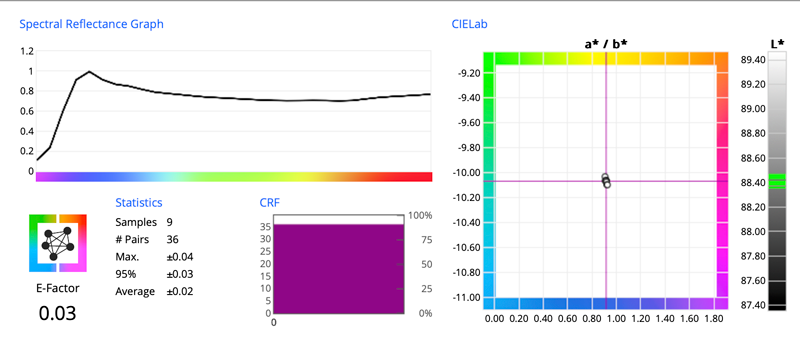 |
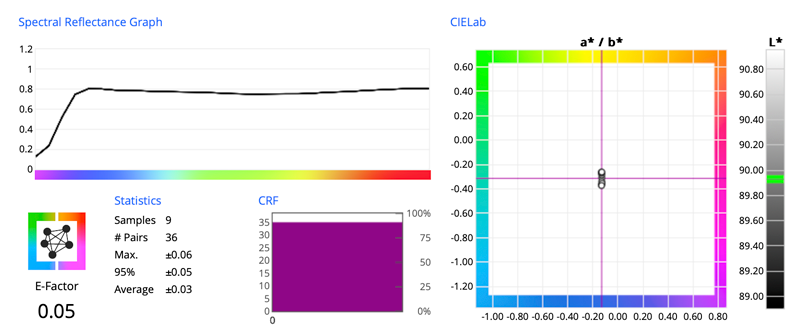 |
 |
| Printed Black | 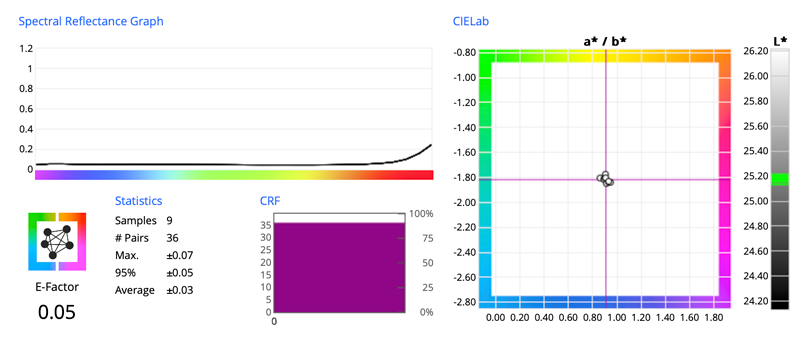 |
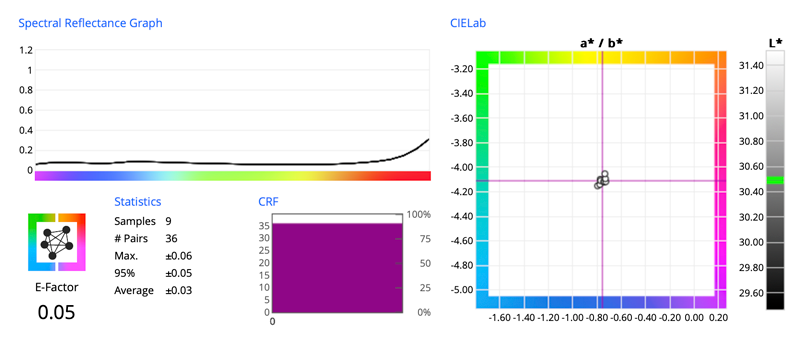 |
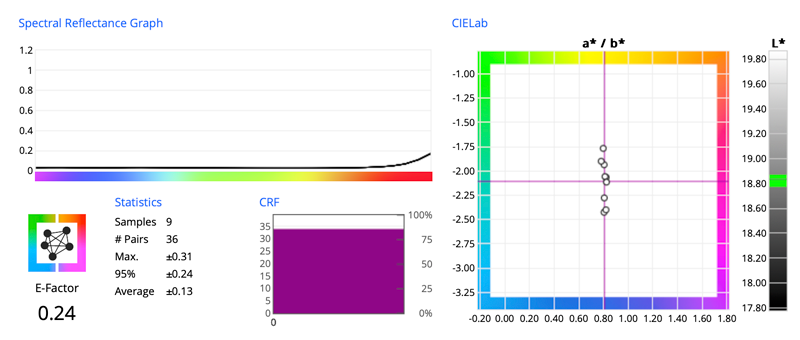 |
| conclusion: |
X-Rite eXact repeatability for samples where L* < 20 goes down. This issue is already a subject of dedicated research. Deep black in the case of Textile C is reached by double-side printing which is rare. |
||
2nd step
| Textile A | Textile B | Textile C | |
| Substrate | 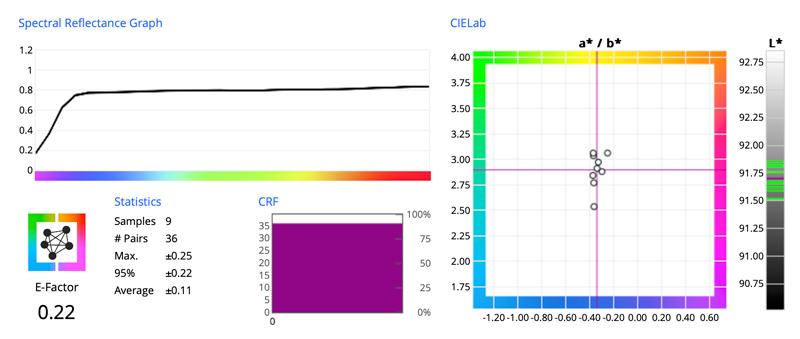 |
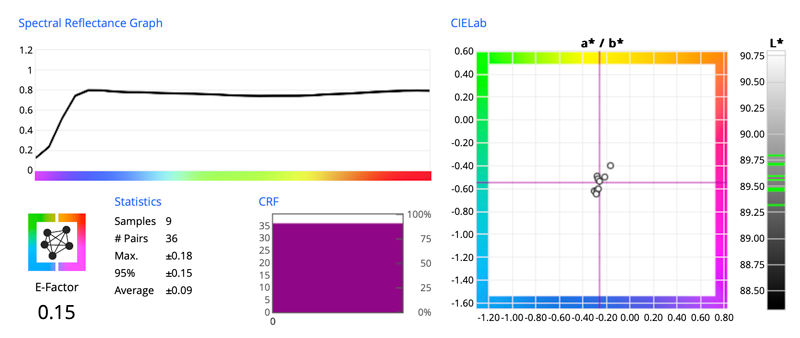 |
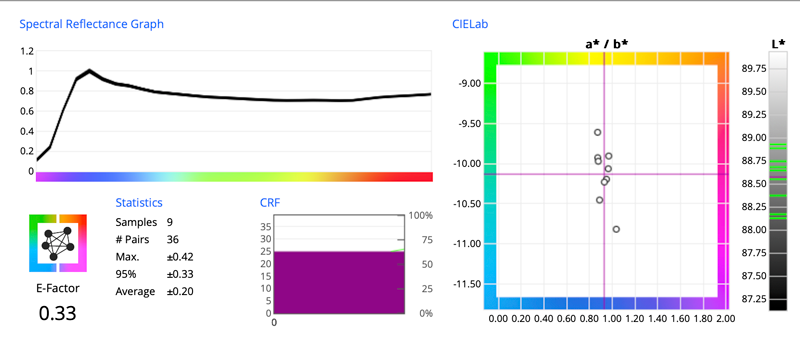 |
| Printed Black | 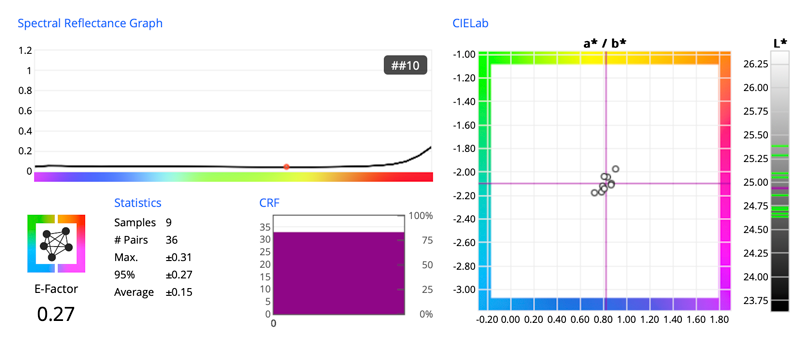 |
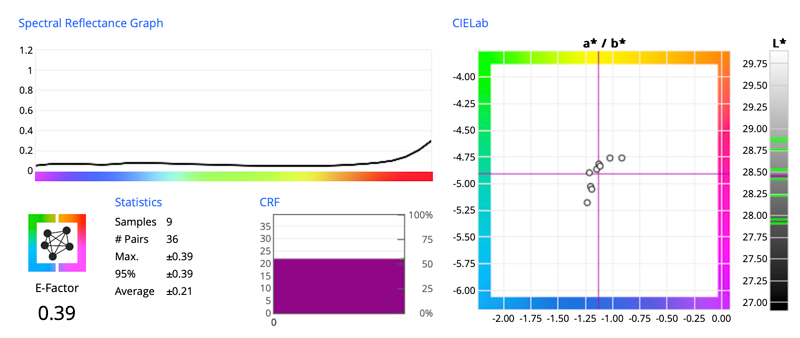 |
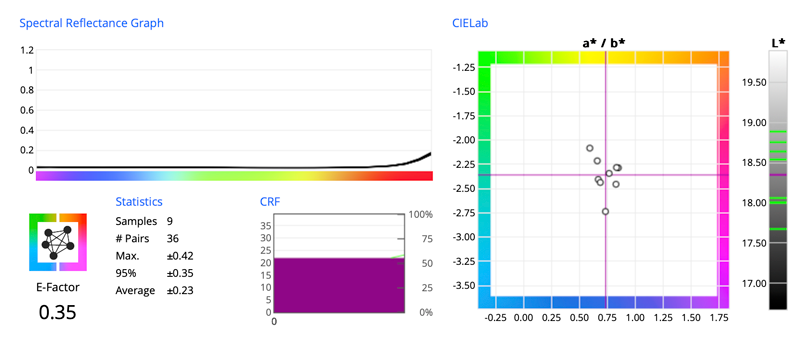 |
| conclusion: |
A 2 mm aperture makes this instrument NOT recommended for textiles. In practice, the aperture for textiles should be 8+ mm. We used 2 mm eXact expecting this issue to show it by numbers. |
||
3rd step
| Textile A | Textile B | Textile C | |
| Substrate | 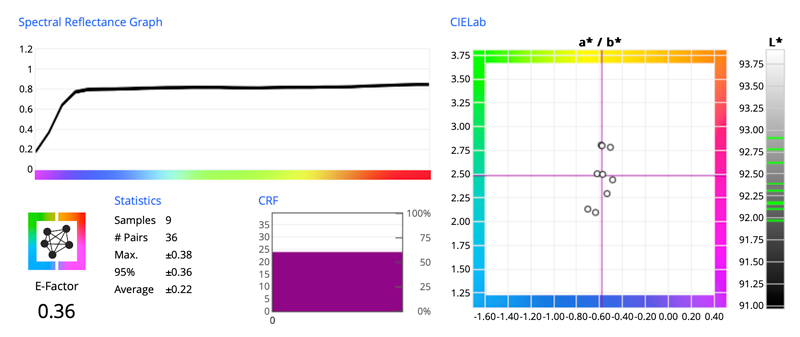 |
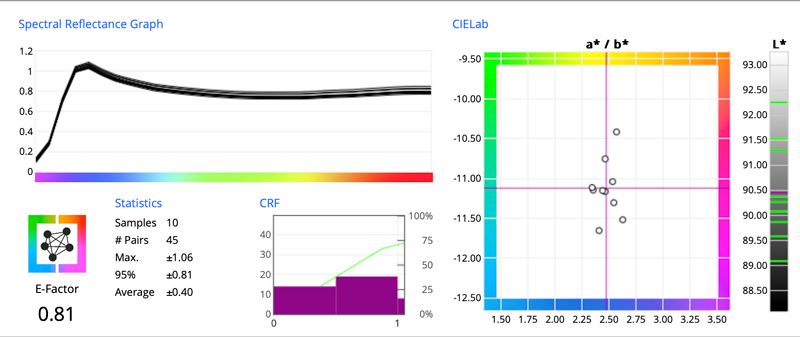 |
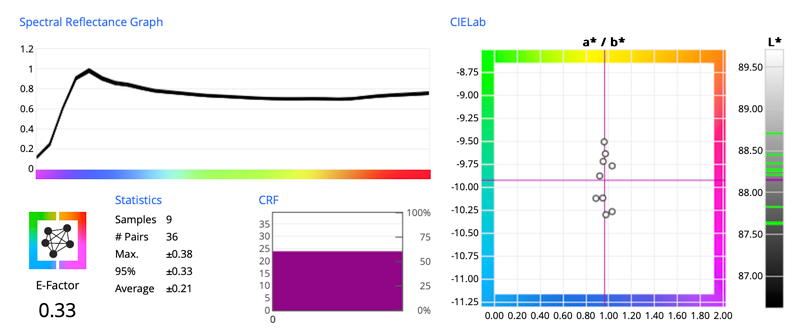 |
| Printed Black | 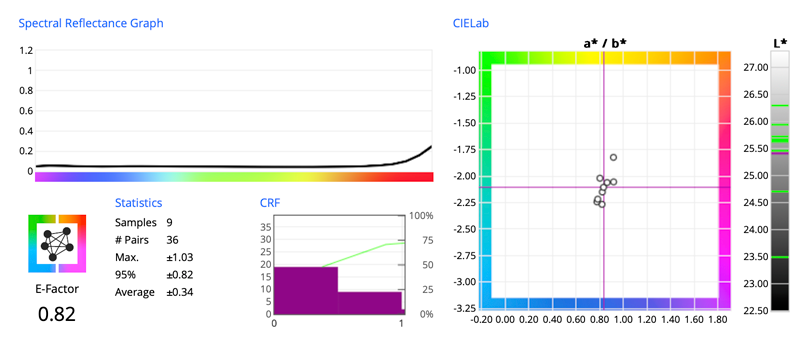 |
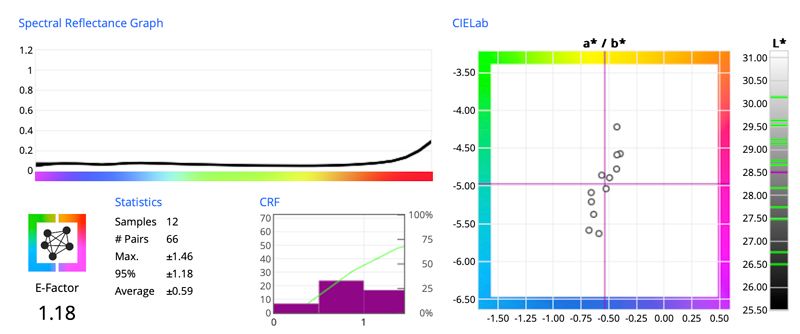 |
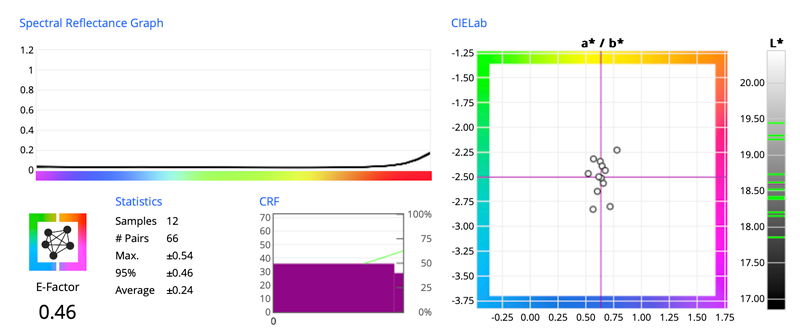 |
| conclusion: |
We see that the dominant direction causes Textile B to be angle-sensitive (waves create a structure with visible dominant directions, light reflects not the same depending on the angle.) The annular ring is based on three points where the tungsten gas-filled lamps are located. Such a solution is partially angle-sensitive. The third step is not arithmetic, but the logical sum of the first and second steps. Based on previous results we know that we shouldn't use this instrument for textiles and any no-uniform, textured amples. |
||
Contact ChromaChecker Support
Additional information and Support Form is available for logged users.